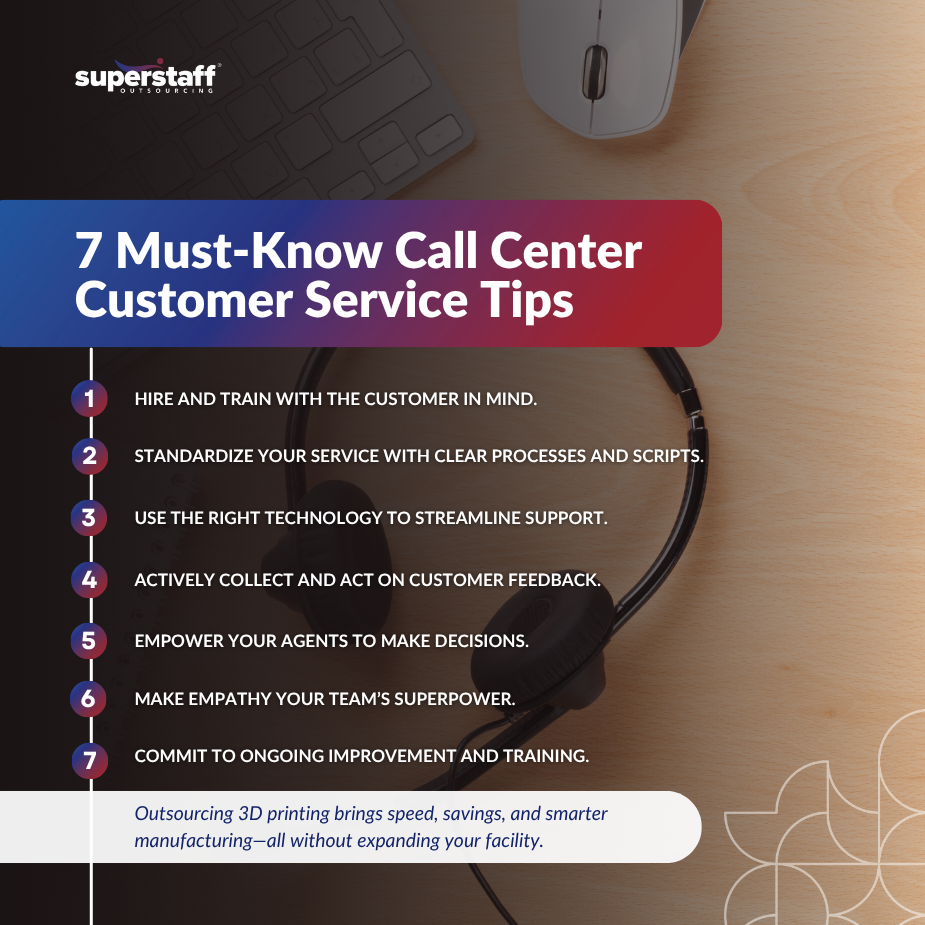
Manufacturing companies are always looking for ways to stay efficient and cost-effective. One area that’s seeing strong demand is 3D printing outsourcing. Instead of investing in machines, software, and skilled labor, many manufacturers are choosing to work with partners who already have the tools and experience.
3D printing has grown from a prototyping tool to a valuable method for producing small batches, replacement parts, and even end-use components. This shift has made it easier for manufacturers to scale production and stay flexible—without taking on more overhead.
Let’s explore why 3D printing outsourcing is becoming a preferred choice for many businesses and how it fits into the future of manufacturing.

Why Manufacturers Are Turning to 3D Printing Outsourcing
Handling 3D printing in-house sounds good in theory, but the reality is different. It requires large investments and consistent maintenance. That’s why many companies now rely on 3D printing outsourcing to handle tasks that were previously handled internally.
Here’s what’s driving the shift:
1. Equipment and Setup Costs
Buying and maintaining industrial 3D printers is expensive. Outsourcing removes the need for large upfront investments.
2. Limited In-House Knowledge
3D printing requires trained specialists who understand design, materials, and machine calibration. Many manufacturers do not have these experts on staff.
3. Faster Project Turnaround
When speed matters, outsourcing helps teams get parts produced and delivered without delays. A reliable partner can shorten lead times significantly.
4. Flexibility Across Materials and Technologies
Outsourcing gives businesses access to different materials, machines, and printing methods without needing to invest in each one individually.
5. More Focus on Core Operations
Outsourcing lets internal teams focus on product design, assembly, and distribution, instead of learning and managing a new process.
Benefits of Outsourcing 3D Printing in Manufacturing
Working with a third-party provider gives manufacturers access to more resources while keeping operations lean. Here are some of the benefits of outsourcing 3D printing in manufacturing:
1. Lower Costs
No need to buy equipment, hire staff, or build space for 3D printing operations. Costs stay predictable and tied to output.
2. Better Access to Experts
Outsourcing gives you access to trained professionals who work with 3D printing every day. Their experience often leads to better-quality results.
3. Faster Prototyping
Getting parts printed quickly helps companies move from design to testing faster. This reduces time wasted on long production cycles.
4. Material Variety
Outsourcing opens the door to multiple materials, such as metal, resin, plastic, or composites, depending on the project’s needs.
5. Scalable Production
As orders grow, outsourced providers can scale up production without delay. Whether it’s 10 parts or 1,000, production is more flexible.
6. Better Efficiency
Less time spent on managing new machines or training internal teams. Work gets done faster and with fewer errors.
Use Cases in Manufacturing That Rely on 3D Printing Outsourcing
3D printing outsourcing supports many industries. From making one-of-a-kind tools to producing finished parts, here’s where this service makes the biggest impact:
- Automotive – Custom jigs, replacement parts, and low-volume testing parts
- Aerospace – Lightweight components, ducting systems, and small batch tools
- Medical Devices – Customized implants, surgical tools, and dental parts
- Consumer Goods – Prototypes, product samples, molds, end-use plastic parts
- Industrial Equipment – Spare parts, production aids, and low-run fixtures
Each industry benefits from the flexibility and precision that 3D printing offers, without needing to build in-house capabilities.
Additive Manufacturing vs 3D Printing: What’s the Difference?
While often used interchangeably, the terms refer to slightly different ideas. Additive manufacturing vs 3D printing comes down to usage.
- 3D Printing usually refers to small-scale projects or prototyping
- Additive Manufacturing is broader and covers industrial use, including part design, material selection, and mass production using layer-by-layer processes
Both terms describe the same core technology, but the scale and purpose differ. Outsourcing applies to both, depending on the client’s needs.
What to Look for in a 3D Printing Outsourcing Partner
Not all outsourcing providers offer the same level of service. Here’s how to choose the right one:
- Supported Materials – Check if they offer the metals, plastics, or resins your project requires
- Design Support – A partner with CAD expertise can help optimize your models before printing
- Quality Standards – Look for certifications or case studies that prove consistency and precision
- IP Protection – Your designs must be kept confidential. Ensure the partner has strong data protection and NDAs
- Logistics Capabilities – Delivery speed and packaging affect how soon you can use the finished parts
- Experience With Your Industry – Choose a provider that understands your sector’s technical standards and compliance needs
Why Businesses Choose to Outsource to the Philippines
One rising trend is to outsource to the Philippines for various 3D printing support tasks. These include customer service, design file handling, order processing, and project coordination.
Here’s why the Philippines stands out:
- Skilled workforce with technical training
- High English proficiency
- Cost-effective labor without sacrificing quality
- Experience in supporting global manufacturing clients
- Strong BPO infrastructure and data protection laws
Businesses looking to support their 3D printing outsourcing operations often find the Philippines to be a reliable destination for backend tasks.
How SuperStaff Supports 3D Printing Outsourcing
SuperStaff offers tailored support services to help manufacturing businesses manage their 3D printing workload more efficiently. We do not perform the printing itself, but we handle key processes that support it.
Here’s what we can do:
- Provide trained customer service teams for 3D printing providers
- Assist with managing order inquiries and logistics updates
- Coordinate project details between manufacturers and clients
- Offer admin support for pricing, quotation, and delivery scheduling
- Keep communication clear and organized across projects
SuperStaff builds support teams that fit the way you work, so your core teams can focus on production while we manage the details.
Outsource Smart: Scalable 3D Printing Support
As 3D printing becomes a larger part of manufacturing, more companies are choosing to outsource instead of handling everything in-house. 3D printing outsourcing allows businesses to move faster, stay flexible, and save costs without losing control of quality or timelines.
Whether you’re producing custom parts, speeding up prototyping, or scaling production, the right outsourcing support can help your business grow.
Partner with SuperStaff to streamline your 3D printing process and keep your projects moving. From backend admin tasks to communication support, we help you stay focused on production while we handle the rest.






